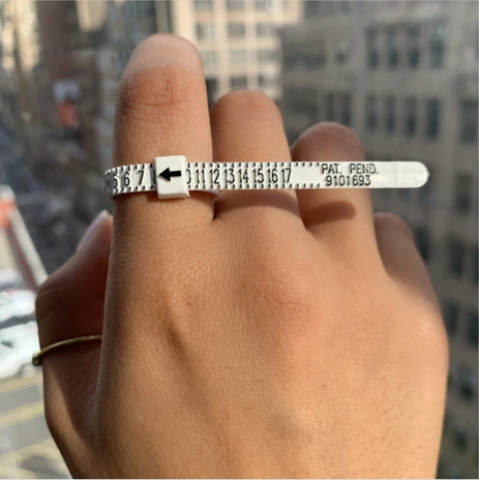Tanzanite exhibits a lovely color range of pure blue to purplish-blue and has a color-shifting effect when viewed at different angles. Named after its country of origin, Tanzania, this gemstone has a relatively short history but has quickly grown to be a very popular stone for jewelry. Tanzanite is another one to handle with care as the stone is quite soft when compared to diamonds, and is prone to scratching.
Spinel comes in a rainbow of colors but is most famous for its deep red that closely resembles a ruby. These two gemstones are so commonly confused that one of the most famous rubies in history, the Black Prince’s Ruby showcased in the the royal crown of England, was determined to in fact be red spinel. This gemstone often exhibits fluorescence and they are rarely ever treated.
Tourmaline seems to offer the most colorful personality of all gemstones. Tourmaline is a common name for a variety of different minerals. As a result, there is a wide range of value and price associated. A rare neon-blue form known as Paraiba Tourmaline and a multicolored variety called Watermelon Tourmaline can command very high prices for their unique color expression.
Garnet, like Tourmaline, is a series of several different minerals and exists in many different colors. The most common forms are Almandine and Pyrope, appearing as dark red gemstones. Other varieties exhibit orange to orange-red and even green, yellow, and black. Treatments to enhance color are ineffective on garnets, so true garnets always show a natural color.
Moonstone is a lovely, ethereal looking gemstone from the feldspar family. Named for its glowing sheen that resembles moonlight, moonstone shows a playful spray of colors when viewed at different angles. The most valuable and desirable moonstones have high levels of transparency and a bluish sheen. Special care is needed for these stones though as they are quite sensitive to being cracked or chipped.






